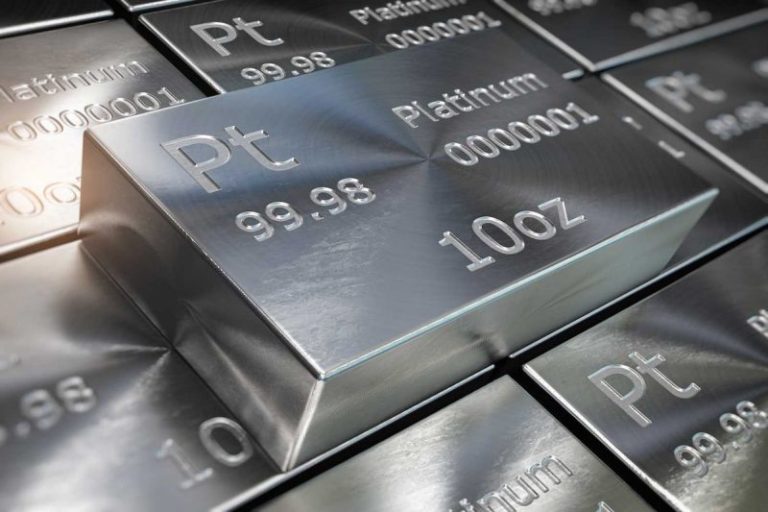The platinum price broke US$1,600 per ounce on Monday (September 29), its highest level since April 2013.
What’s moving the platinum price? A number of factors are at play in this notoriously volatile market.
As a precious metal, nearly a quarter of demand for platinum comes from the jewelry sector. When the gold price is high, as it is now at nearly US$3,900 per ounce, platinum jewelry becomes an attractive, lower-cost alternative.
With more than 70 percent of demand for platinum metal coming from the industrial and automotive sectors, the market is highly price sensitive to economic cycles. However, despite the current economic uncertainty that’s driving gold higher, the platinum price is being buoyed by stable demand in the auto sector, emerging demand in the hydrogen fuel cell industry and persistent supply challenges out of major platinum-producing nations like South Africa.
Platinum supply under pressure
Supply constraints are an ongoing trend in the platinum market and a major driver of prices in 2025.
In its Q2 Platinum Quarterly, the World Platinum Investment Council (WPIC) predicts that global platinum mine supply will drop by 6 percent to 5.43 million ounces for this year.
Heavy rainfall and flooding in top producer South Africa in the first quarter of the year had a major impact on an industry already reeling from high-cost electricity and dwindling reserves.
In late August, Paul Dunne, CEO of Northam Platinum Holdings (JSE:NPH) in South Africa, told Reuters that a higher platinum price in 2025 will likely not do much to alleviate the pressures facing production in the country.
“Recent price appreciation is offering some relief to the (platinum-group metals) sector,” he said in a statement. “However, it is still not yet at levels that will support sustainable mining across the industry and certainly not the much-needed development of new operations.”
Suffice it to say that problems in the supply side will continue to support platinum over the longer term.
Platinum demand seen as sustainable
As for platinum demand, Mykuliak sees a few key important drivers, including autocatalysts for hybrid vehicles, increased hydrogen adoption for industrial uses and Chinese demand for platinum jewelry as an alternative to gold.
In the automotive industry, platinum is used in catalytic converters for vehicle exhaust systems for emissions control. The rise of electric vehicles (EVs), which do not require catalytic converters to control emissions, is expected to cut into platinum demand over time.
However, high costs and range anxiety are leading auto buyers to choose hybrids over battery EVs. Because hybrid engines still require catalytic converters, the auto sector continues to be a reliable source for platinum demand.
In the hydrogen sector, platinum has a role as a catalyst in the proton exchange membrane electrolyzers used for green hydrogen production and in hydrogen fuel cells. The WPIC has noted that the hydrogen market be ‘a meaningful component of global demand by 2030 and potentially the largest segment by 2040.’
As for jewelry demand, the WPIC is predicting an increase of 11 percent year-on-year to 2.23 million ounces in 2025. China is expected to represent more than one quarter of that growth as the fabrication of platinum jewelry in the region is expected to grow by 42 percent to 585,000 ounces.
Platinum price outlook
The platinum price has since pulled back from the US$1,600 level, coming in at US$1,558 in midday trading on Thursday (October 2). But a correction is expected in the short term, explained Mykuliak, who believes the fundamental outlook for the precious metal is still positive.
“Looking ahead, I expect volatility. My base case is a US$1,650-US$1,750 range by the year-end, with possible dips toward US$1,450 if profit-taking intensifies,” she said. “On the upside, if South African power disruptions worsen or hydrogen policies accelerate, US$1,850-US$1,950 is realistic, with US$2,000 also within reach.”
Securities Disclosure: I, Melissa Pistilli, hold no direct investment interest in any company mentioned in this article.

